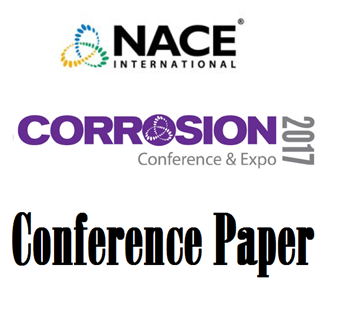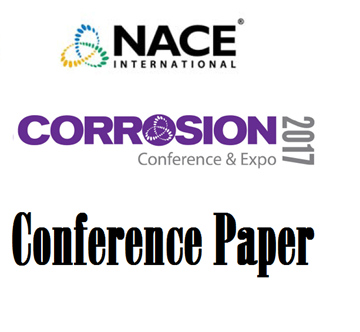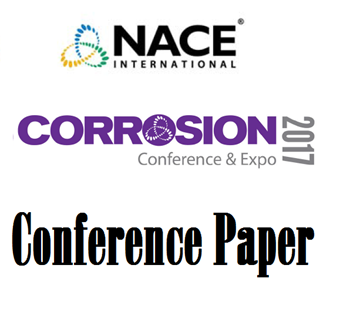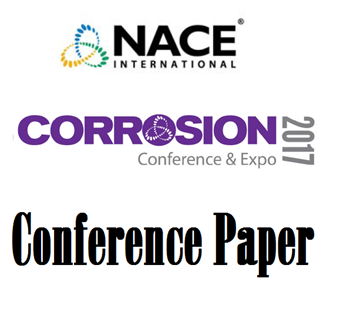Search
Products tagged with 'stainless steel'
View as
Sort by
Display
per page
Historical Perspective of Corrosion by Potable waters in Building Systems
Product Number:
93509-SG
Publication Date:
1993
$20.00
Hydrogen Embrittlement of SS316L Instrument Tubing in a Hydroprocessing Unit
Product Number:
513020-14357-SG
Publication Date:
2020
$20.00
Improved Localized Corrosion Models For Stainless Steels In Aqueous Chloride Environments With Low Levels Of Dissolved Oxygen
Product Number:
51322-17955-SG
Publication Date:
2022
$20.00
In Situ Electrochemical Testing of Stainless Steel Surfaces
Product Number:
51321-16227-SG
Publication Date:
2021
$20.00
Investigation of the Corrosion Performance of Stainless Steel and Low Alloy Steel Sucker Rod Materials in Aggressive Environments
Product Number:
51320-14321-SG
Publication Date:
2020
$20.00
Irradiation Accelerated Corrosion of 316L Stainless Steel T91 and Zircaloy-4 in Primary Water
Product Number:
51317--9131-SG
ISBN:
9131 2017 CP
Publication Date:
2017
$20.00
Is it MIC or Pitting Corrosion? An Insight in a Common Overlapping
Product Number:
51320-14719-SG
Publication Date:
2020
$20.00
K / Size Effects on the Crack Growth Rate of Irradiated Stainless Steels of Boiling Water Reactors
Product Number:
ED22-17304-SG
Publication Date:
2022
$20.00
Laboratory experiments vs Field experience – Localized corrosion performance of lean duplex stainless steel UNS S32202 in municipal wastewater treatment plants
Product Number:
51323-19159-SG
Publication Date:
2023
$20.00
Localized Corrosion Behavior of Ferritic and Austenitic Passive Materials
Product Number:
51317--9042-SG
ISBN:
9042 2017 CP
Publication Date:
2017
$20.00
Localized Corrosion Managing Clamp in a Crevice Between Clamp and CRAs Pipe/Tube Line
Product Number:
51317--9281-SG
ISBN:
9281 2017 CP
Publication Date:
2017
$20.00
Materials Performance of Corrosion-Resistant Alloys in Individual and Mixed Acids
Product Number:
51317--9409-SG
ISBN:
9409 2017 CP
Publication Date:
2017
$20.00












